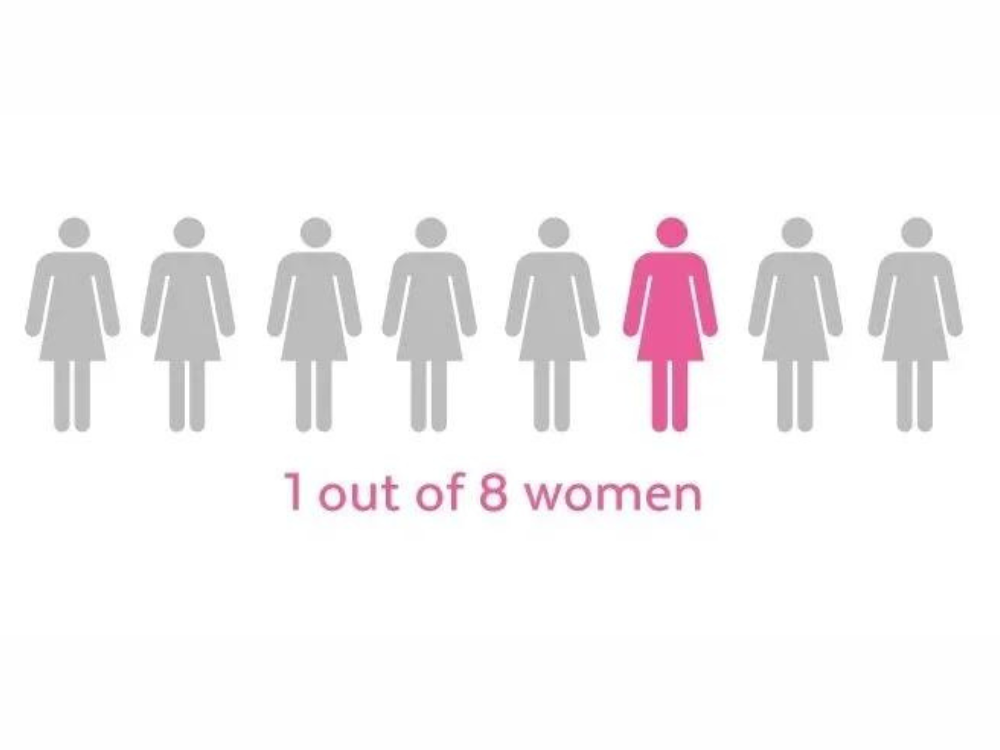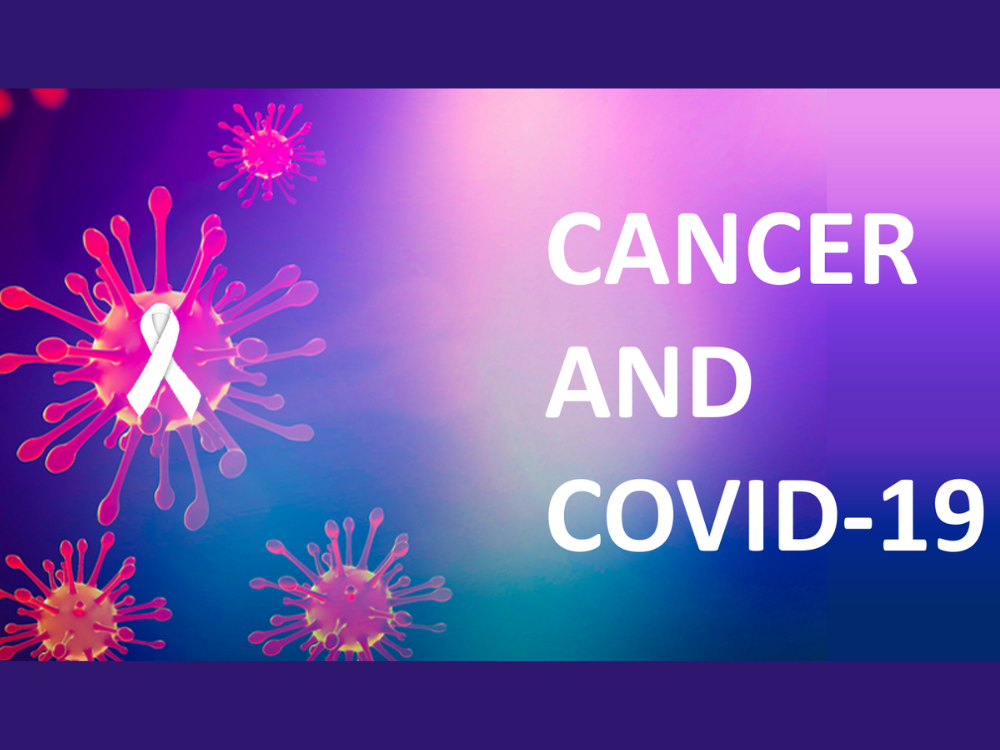
Canfem stands with you now and always
Half the battle to fight cancer is won, if it is detected early. While breast cancer is one of the most dangerous malady, there are various ways to detect it early, which includes breast self-examination, clinical breast examination , and mammography. However, the latter two require a visit to the doctor and use of specialized equipment. BSE is an easy, quick, convenient, private, cost free, and safe practice that requires no paraphernalia.
The simple test can be done by sitting at your homes. It is essential for you to determine the changes that happen in your body as it can make you aware about the unseen problems. It can help you determine the changes in the texture of your breasts and your vulnerability to the disease.
The test is to be conducted in 3 ways:

1. FACING A MIRROR
Stand in front of a mirror to inspect your breasts. Firstly place your hands on sides and closely look at both the breasts to examine any changes. Now raise your arm slowly paying close attention to any swelling, or change in your breasts and nipples. Now place your hands on your hips, flex your chest muscles and again visually compare both the breasts.
2.

IN THE SHOWER
While in shower, place one of your hands behind your head. Now use your index , middle and ring finger to examine the breasts following three patters:

· Up and down
· Circular
· Wedges
Use varying level of pressure to feel all the breast tissue-from the tissue
closest to the skin , to the tissue closest to the chest and ribs. Repeat these steps for the other breast .

3. ON THE BED
Lie down on your bed or floor on your back. Insert a pillow under your right shoulder so that your right breast is flat. Examine your breast with the right arm under your head. Now insert a pillow under your left shoulder and repeat the same steps to examine the left breast.
If you feel any abnormality or something unusual , visit a doctor and tell her precisely about the symptoms and differences you have noticed.
While conducting the examination , one should also keep in mind several early symptoms which might lead to development of cancer. Early detection of symptoms would mean early treatment and less risk to life.
Some of these symptoms are:
1. LUMPS
They may be invisible but when you rub your fingers across your breasts you would feel them as swollen tissue.
2. CHANGE IN TEXTURE
There will be a change in texture of the skin . It can be wrinkly or hard.
3. DISCHARGE
There can be some discharges from your nipples .These can be in the form of blood or white discharges.
4. RASH
There will be rashes and itching on your breasts. In some cases there may be crusting i.e formation of a hard outer layer.
This is a brief about the symptoms. For further information about symptoms of breast cancer, refer to our next blog dedicated on what are the symptoms of breast cancer.
Canfem is actively working on breast cancer awareness, especially focusing upon behavioral changes and compelling women to practice breast self examination on monthly basis. We are doing this via both, online and offline campaigns. Our initiatives have lead 400% more women now performing breast self examination regularly
To know more about our online campaigns, visit our Facebook and Instagram pages using following links-
https://www.facebook.com/infocanfem/
https://www.instagram.com/can_fem/
Procrastination is cancer’s best friend. Do your Breast Self Exam today .
Written by- Hiteshi Bhatia, Akriti Gupta




